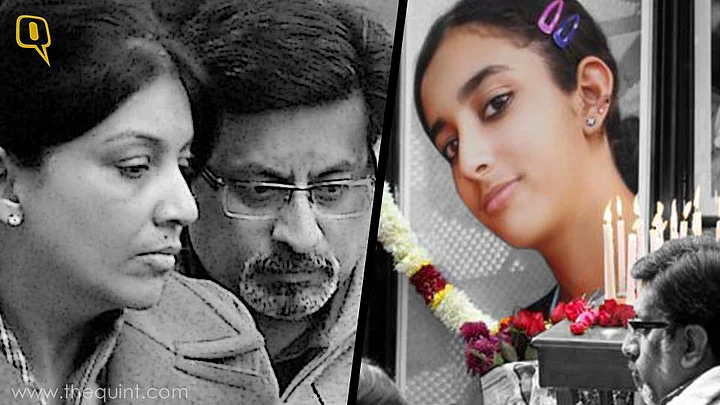On 12 October 2017, the Allahabad High Court acquitted Nupur and Rajesh Talwar in the double murder of their daughter Aarushi and domestic help Hemraj.
The High Court overturned the trial court’s judgment, noting that: “The learned trial judge has prejudged things in his own fashion, drawn conclusion by embarking on erroneous analogy conjecturing to the brim on apparent facts telling a different story propelled by vitriolic reasoning”
Here's how they reached this decision:
Standard Proof Required In The Case
Prosecution Had to Prove Motive But Didn’t
It is settled law that in a case based upon circumstantial evidence the prosecution has to prove the motive. In this case however, the judges found that:
Testimony of Domestic Help Inconclusive and Tutored
The testimony of the prosecution’s key witness Bharti Mandal (the Talwars’ maid) was thoroughly insufficient for establishing the prosecution case that Talwar's household was locked from inside, something which was absolutely essential for the CBI’s version of events to stand. The judges also noted that:
Wrong to Assume Talwars Were Awake and Knew What Happened
Another key element of the prosecution case was that the Talwars were awake and surely would have to know what happened in the house that night. However, the judges dismissed this argument since the CBI itself had proved that if someone was sleeping in the Talwars' bedroom with the air-conditioners on which were a bit noisy it was not possible for them to have heard the sounds of moving footsteps, closing and opening of doors inside the Talwars' flat.
As a result, they said that:
CBI Failed to Prove Crucial Facts
The judges took the CBI to task for making unsubstantiated arguments in the case. They found that the CBI had “miserably failed to lead any evidence which may even remotely suggest that Hemraj was murdered in the bedroom of Aarushi and then his dead body was wrapped in a bed sheet and dragged from Aarushi's bedroom upto the terrace.”
They also shot down the infamous router theory bandied about by the media and then the police that the Talwars’ internet activity throughout the night proved they were lying, holding that:
Investigation Shoddy, Prosecution Theories Absurd
According to the judges, the discovery of the dead body of Hemraj on 17 May 2008 was not on account of any act of omission on the appellants but was a result of negligence and shoddy investigation by Noida police.
No False FIR By Rajesh Talwar
As a result, Rajesh Talwar had been wrongly convicted of giving false information to the police.
No Destruction of Evidence by Talwars
Talwars Didn’t Have to Prove What Happened
Refuting the CBI’s claim that the Talwars needed to explain what happened in the flat on the night, the judges said that:
Prosecution Failed to Establish Its Case
The court found that the prosecution failed to prove that the Talwars were guilty of the murders beyond reasonable doubt, and their case failed to meet the high standard required for circumstantial evidence since the CBI couldn’t prove the basic fact of the flat being locked from inside. There was also a strong possibility, as per the CBI’s own evidence, of outsiders accessing the flat and leaving after committing the murder. As a result, the judges concluded that:
(Breathe In, Breathe Out: Are you finding it tough to breathe polluted air? Join hands with FIT in partnership with #MyRightToBreathe to find a solution to pollution. Send in your suggestions to fit@thequint.com or WhatsApp @ +919999008335)
(At The Quint, we question everything. Play an active role in shaping our journalism by becoming a member today.)
